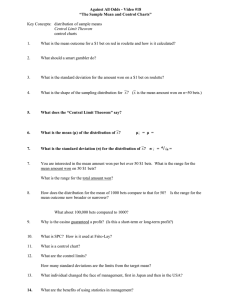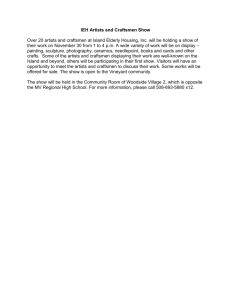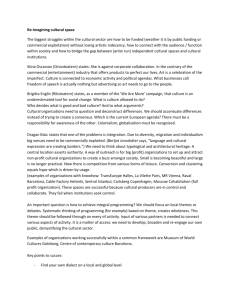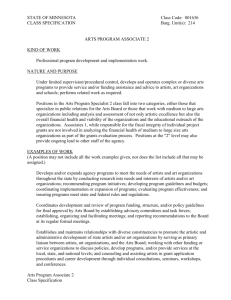Everything Changed in Music - Weekend media festival 2012
advertisement
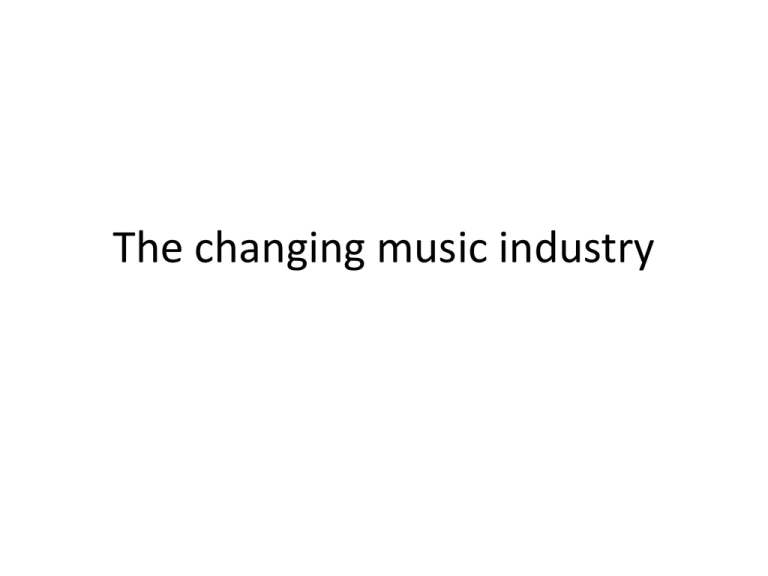
The changing music industry Live Nation produces over 20,000 shows annually for more than 2,000 artists globally. I built and ran the global digital division, which is now a top-5 global ecommerce site generating more than 25 million unique users per month Currently, investor and board advisor with early stage music, technology, and retail startups; grew a startup from $0 to >$200 million in annual sales in 3 years Managed $5 billion P&L for a global retailer Prior experience working with the United Nations, White House, and non-profits What the F*%k happened to the music industry? Executives in the Music Industry miss the “good old days”… And they miss the era of rockstars Mozart earned about $120,000 per year in today’s dollars--a middle class income He survived by taking commissions—Can you imagine Lady Gaga writing songs for people’s birthdays? He died penniless and was buried in a paupers grave The new "galant" style was far easier to play than the traditional contrapuntal style, opening performance to amateurs and reducing the cost of professional productions The invention of the fortepiano, an instrument as loud as the harpsichord yet as subtle as the clavichord, made it possible to play the new music for much larger groups Enabled a new era in which concert hall music, paid for by subscription, became a bourgeois pastime. $100,000+ and many weeks in specialized studios Nominal cost using protools on a laptop Massive costs and waste to produce physical product Endless free digital duplication on demand Hundreds of thousands of retail stores across the world iTunes, Amazon, artist sites Reliant on radio play and required industry contacts Social media allow fans and artists to spread the word Records took up a large part of the living room Music “lives” on your phone (or in the cloud) More people are listening to music than ever before More people are making music than ever before …Business models and regulatory frameworks have to evolve to meet the needs of the market • Embrace technology early rather than fight it • It is sometimes impossible for legacy structures to adapt; when they can’t they will be replaced. It’s nothing personal—it’s just evolution What we have: • Enabling technologies are HERE • Market demand is HERE What we need to solve: • Effective and transparent rights/royalty management • Better artist/content development mechanisms • Filters and curation • Investment regimes tolerant of failure and iteration • Niche strategies that scale Hollywood just witnessed its lowest summer cinema attendance figures in two decades, with 533.5 million tickets sold this season, a 4% drop from a year ago. Even with the help of inflated 3D movie ticket prices, summer box office, at $4.278 billion, was also down from 2011’s record $4.4 billion. Cost: $220 Million Gross: $1.5 Billion Cost: $250 Million Gross: $282 Million • As revenue declines, media companies become more risk averse • Place fewer “bets”, but bank heavily on those bets • Quality declines as the product is tailored to the lowest common denominator noah@maffitt.com
